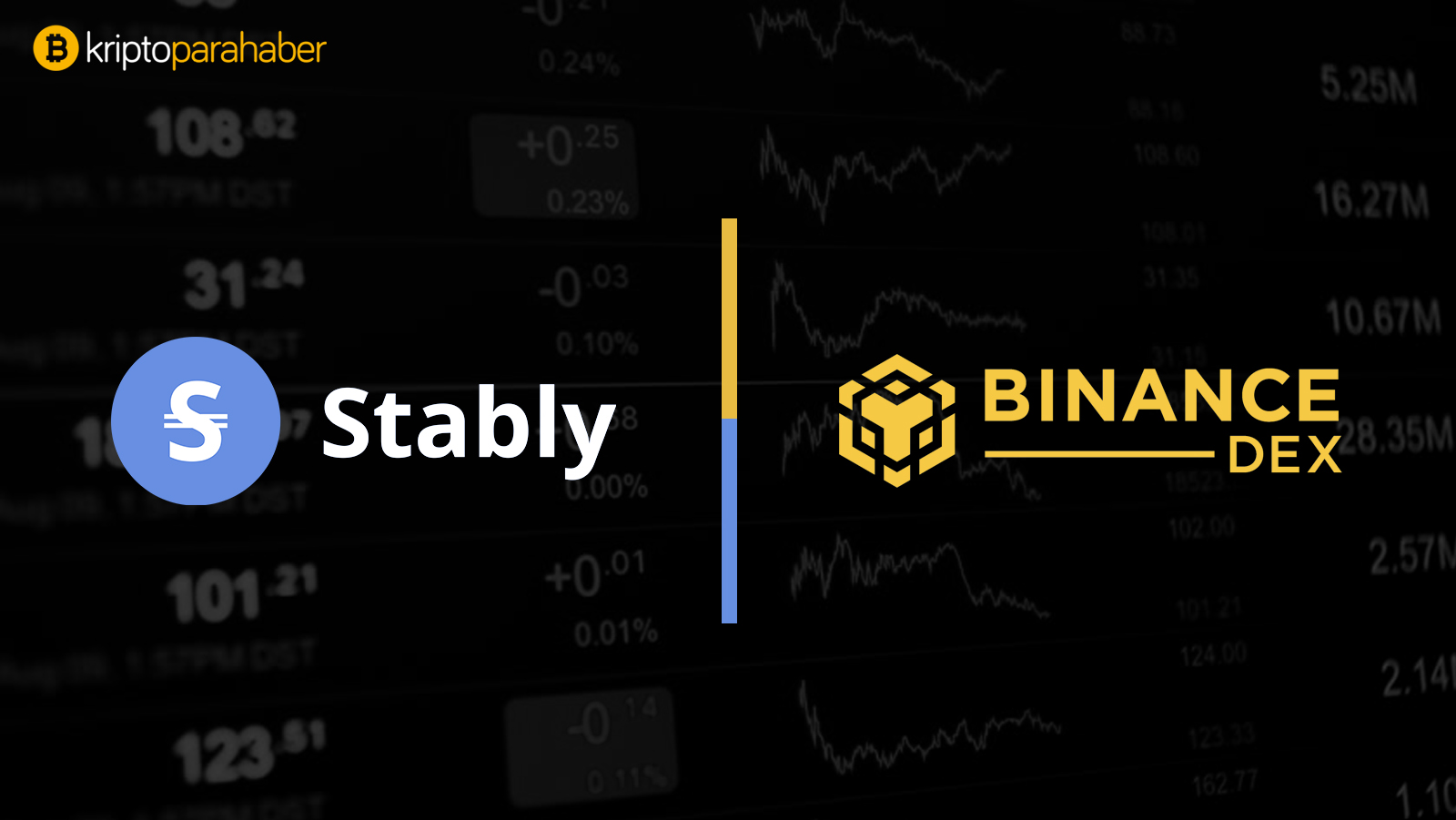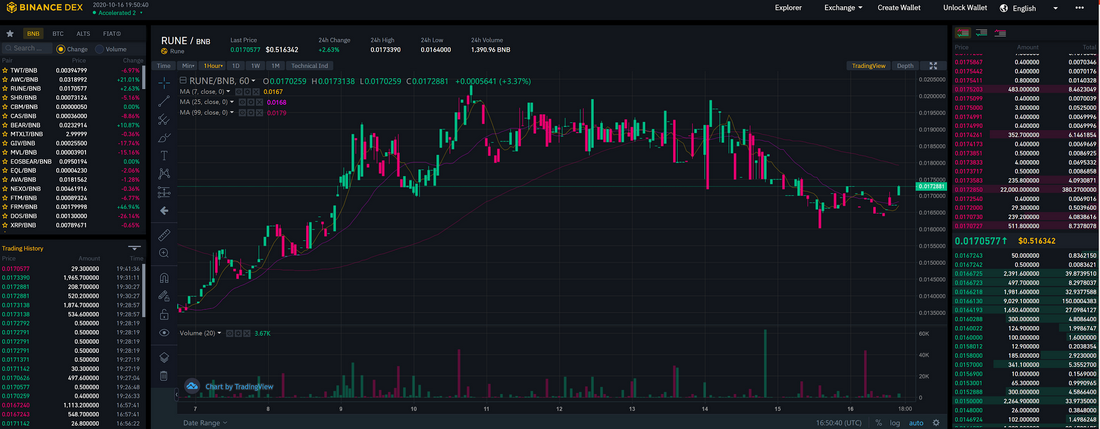

In return, liquidity providers get their portion of trading fees for that pair and receive special LP tokens they can stake. It’s possible to add liquidity to any trading pair on the exchange.

Different pools give different rewards for staking, but all liquidity providers get LP tokens for providing liquidity.Īt first glance, the interface might be confusing. The list includes such popular tokens as BNB, BUSD, UDDT, and of course, CAKE, the native token of the platform. PancakeSwap offers 26 liquidity pools with 17 tokens available for trading, and 26 pools combining these tokens. After connecting a wallet, it’s time to start using the exchange. There’s a total number of 8 wallets available, MetaMask and TrustWallet included. To start trading, it’s necessary to connect a BSC wallet. In terms of the user interface, PancakeSwap is similar to Uniswap or Sushiswap, the main difference is the chain it’s connected to. All DEXes work this way and PancakeSwap isn’t an exception. To execute the trade, the automatic market maker, a set of smart contracts, accepts funds from the trader, adds them to a liquidity pool and sends back the asset that the trader requested according to the current ratio for that trading pair in the pool. That means that the second party in every trade is an exchange itself. They work using automatic market makers and liquidity pools. Thus, each trade requires having a trader on each side.ĭecentralized exchanges are based on a different principle. If a bid and an ask match on the same price, the trade gets executed. Both parties leave orders in the order books, bids from buyers and asks from sellers, and an exchange matches them. Every trading pair has two parties - a buyer and a seller. These teams decide which assets should be listed on their exchanges and which shouldn’t. Traditional exchanges are usually maintained by centralized teams. Quick fun fact: it was created by anonymous developers, so nobody knows who’s behind it. So, being a very popular chain, it was expected that sooner or later, users would need a decentralized exchange to swap all these tokens and stake them in liquidity pools.

BSC was launched in September 2020, and since then, more than 125 tokens were issued. No wonder that the blockchain with EVM-compatible smart contracts got so much attention - it has cheap transactions and issuing BEP-20 tokens simplifies the process of listing on Binance Launchpad and Binance. Currently, it accounts for ¼ of all crypto trades in the world.


 0 kommentar(er)
0 kommentar(er)
